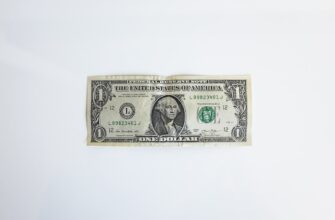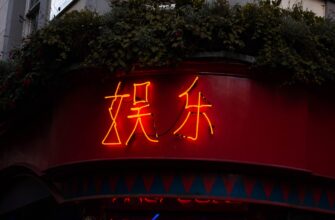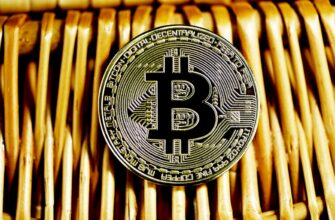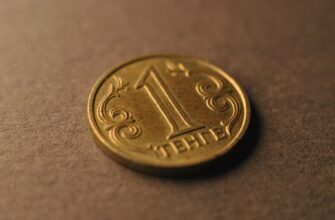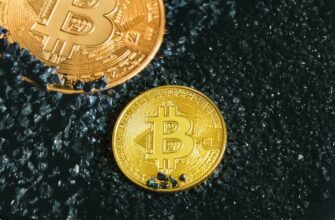- Understanding the Hidden Cost of Crypto Trading
- What Is Cryptocurrency Slippage?
- How Slippage Occurs in Crypto Markets
- Key Factors Amplifying Slippage
- Calculating Slippage: A Practical Guide
- Proven Strategies to Minimize Slippage
- Mastering Slippage Tolerance Settings
- Frequently Asked Questions
- Can slippage ever benefit traders?
- Why is slippage worse on decentralized exchanges?
- How does transaction speed affect slippage?
- Is slippage avoidable with market orders?
- Do stop-loss orders experience slippage?
- How do professional traders manage slippage?
Understanding the Hidden Cost of Crypto Trading
Cryptocurrency slippage occurs when the execution price of your trade differs from the expected price at the moment of order placement. This discrepancy, measured as a percentage or dollar amount, represents a hidden cost that can significantly impact trading profits—especially during volatile market conditions. While slippage affects all financial markets, crypto’s 24/7 trading, liquidity fragmentation, and extreme price swings make it particularly prevalent. Understanding slippage mechanics is crucial for traders navigating decentralized exchanges (DEXs) like Uniswap and centralized platforms (CEXs) such as Binance.
What Is Cryptocurrency Slippage?
Slippage describes the gap between a trade’s anticipated price and its actual filled price. It manifests in two forms:
- Negative slippage: Execution price worse than expected (most common)
- Positive slippage: Execution price better than expected (rare during high volatility)
For example, attempting to buy Ethereum at $3,000 might result in an average fill price of $3,030—a 1% negative slippage. This typically occurs because market orders execute against available liquidity in the order book, which may be insufficient at your target price.
How Slippage Occurs in Crypto Markets
Three primary mechanisms trigger slippage:
- Order Book Imbalance: Limited buy/sell orders at your price point force partial fills at inferior prices
- Price Volatility: Rapid price movements between order submission and execution
- Liquidity Pools (DEXs): Automated Market Maker (AMM) formulas like x*y=k cause larger trades to significantly shift token prices
Front-running bots exacerbate slippage on DEXs by sandwiching trades—placing orders before and after yours to profit from predictable price movements.
Key Factors Amplifying Slippage
- Low Liquidity: Thin order books or small liquidity pools struggle to absorb large orders
- Trade Size: Orders exceeding 2-5% of a token’s daily volume often trigger slippage
- Market Volatility: News events or whale movements create rapid price gaps
- Exchange Type: DEXs average 0.5-3% slippage vs. 0.1-1% on major CEXs
- Token Popularity: Memecoins and new listings exhibit higher slippage than BTC/ETH
Calculating Slippage: A Practical Guide
Use this formula to quantify slippage:
Slippage % = [(Execution Price – Expected Price) / Expected Price] × 100
Example:
Expected ETH price: $3,000
Actual average fill: $3,045
Slippage = [(3045 – 3000)/3000] × 100 = 1.5%
Most trading platforms display estimated slippage before order confirmation. DEXs like PancakeSwap show this prominently in swap interfaces.
Proven Strategies to Minimize Slippage
- Use Limit Orders: Specify exact execution price (though orders may not fill)
- Set Slippage Tolerance: Cap acceptable deviation (0.5-1% for major tokens)
- Split Large Orders: Divide big trades into smaller chunks over time
- Trade High-Liquidity Pairs: Stick to pairs like BTC/USDT with deep order books
- Avoid Peak Volatility: Skip trading during major news or market openings
- Use DEX Aggregators: Tools like 1inch split orders across pools for better rates
Mastering Slippage Tolerance Settings
Slippage tolerance is a user-defined threshold that cancels trades if execution exceeds your specified price deviation. Best practices:
- Set 0.1-0.5% for stablecoins or high-liquidity pairs
- Use 1-3% for volatile altcoins
- During extreme volatility, temporarily increase tolerance to avoid failed transactions
Remember: Higher tolerance increases slippage risk but reduces transaction failures. Lower tolerance protects against bad fills but may require multiple attempts.
Frequently Asked Questions
Can slippage ever benefit traders?
Yes, positive slippage occurs when orders fill at better-than-expected prices, typically during rapid price rebounds or with limit orders placed below market value.
Why is slippage worse on decentralized exchanges?
DEXs rely on liquidity pools rather than order books. Large trades mathematically alter token prices in AMM models, and limited arbitrage can widen spreads.
How does transaction speed affect slippage?
Slower block times (e.g., Ethereum during congestion) increase slippage risk as prices change between transaction submission and confirmation. Layer-2 solutions like Arbitrum reduce this risk.
Is slippage avoidable with market orders?
No—market orders guarantee execution but not price. They’re most vulnerable to slippage. Always use limit orders for precise pricing.
Do stop-loss orders experience slippage?
Yes, especially during flash crashes. Stop-losses become market orders when triggered, potentially executing far below your target price.
How do professional traders manage slippage?
Pros use algorithmic trading to slice orders, leverage liquidity provider programs, and monitor order book depth in real-time to minimize impact.

